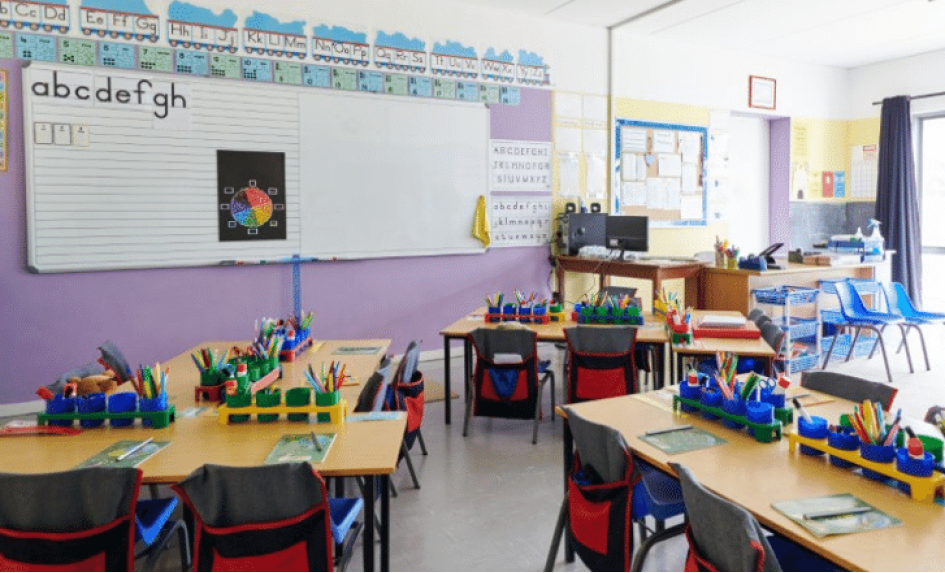Last month, the Department for Education announced it would publish guidance aimed at helping both schools and families improve pupils’ attendance.
Presence in school has always been one of the key pillars and metrics that Departments of Education the world over look at. In business, the mantra of ‘if you’re not in the room, you’re not in the know’ has prevailed. For schools, it’s no different. When looking at school performance, Ofsted’s 2019 framework would like to see ‘Pupils have high attendance, come in on time to school and are punctual to lessons’.
On some levels, this is understandable. But with a growing focus on student and teacher wellbeing following the pandemic, is it not time that we evolved the idea of attendance to encompass technology that is making hybrid learning easier, inclusive and accessible for all students?
Being ‘in the room’ doesn’t always equate to engaged learning, which we increasingly know can take place almost anywhere.
Covid brought huge challenges as schools, educators, and students were forced - in a matter of days - into learning remotely; an approach that would usually require months of training and planning to implement effectively. The rush to ensure students could still progress during the pandemic meant that a half-baked attempt at hybrid learning was the result of teachers struggling to come to grips with the technology that had been thrown at them. They simply did the best with what was available.
But despite all this, students were ‘attending’ those lessons and learning was continuing to happen both online and offline, questioning the notion that a student who isn’t in a classroom isn’t learning.
A lot of the issues surrounding remote learning and the subsequent push to keep attendance as the key metric for school success is trust. As in business, do bosses, educators and headteachers trust that their students (or employees) will be able to focus, retain information and ultimately motivate themselves to learn and engage with their work? Do they see value in the skills and knowledge that can be acquired outside of formal classroom time?
The answer to this isn’t solely based on driving students back into classrooms, but a more holistic approach that brings technology, education, teachers and students together to build an environment that encourages connection, engagement, and inclusion.
Education technology has grown substantially over the past few decades and continues to expand the opportunities for increased hybrid learning, and helping schools define their success through means other than attendance, such as engagement. In advanced EdTech platforms, like SMART’s Lumio, teachers can monitor the engagement and that their students are contributing, whether that’s audibly in the lesson by answering questions and taking part in the discussion, or by engaging with the digital lesson, perhaps using collaborative group whiteboards, digital handouts or game-based techniques.
It’s important to shine a light on the value that technology and its impact on education is having on progressing inclusivity.
With the advancement in education technology, teachers and school leaders can now begin evaluating student engagement, integrating it with the historical definition of attendance for a more modern approach. Along with this, understanding and measuring the development of skills like collaboration, communication, and self-efficacy - that are developed both in and outside of the classroom and are valued highly by employers - must become as, if not more, important than pure attendance measures.
Students have demonstrated over the past few difficult years that their own tech skills have what it takes to accept and use EdTech to the best of their abilities. Schools would do well to take advantage of this and utilise engagement - wherever it happens - as a metric for success going forward. The time has come to move on from the days of one-dimensional attendance inspection to more progressive and holistic measures of looking at teaching and learning effectiveness.
Peter Moseley is a former school leader, now at SMART Technologies specialising in supporting Multi Academy Trusts with outcome-focused EdTech strategies.









